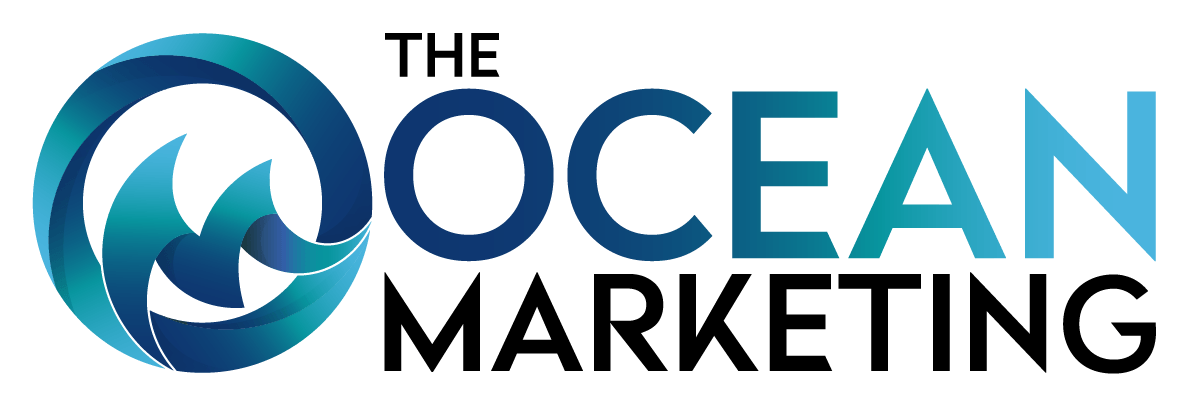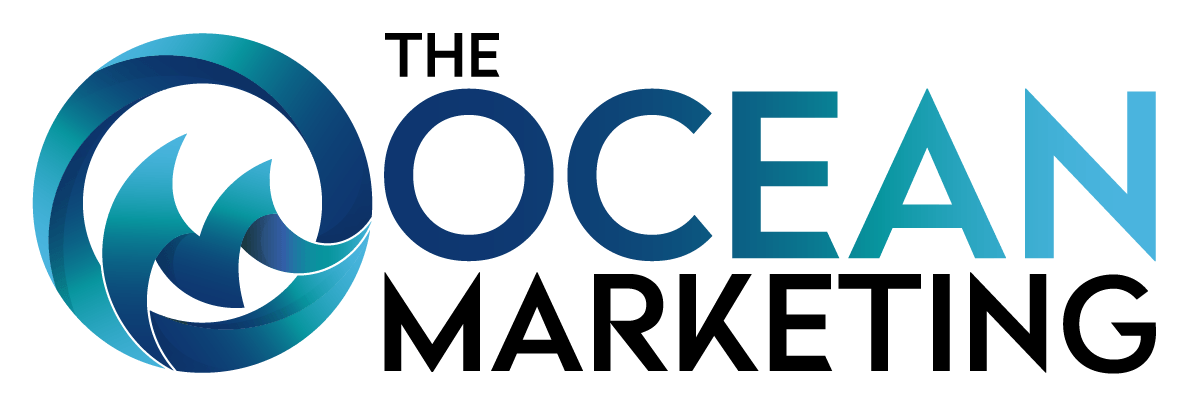Website Design
The process of creating and developing the layout, visual appearance, and functionality of a website.
Website Design
Professional Website Design Services
Professional website design services are offered by agencies or individual designers who specialize in creating visually appealing and user-friendly websites that are optimized for search engines and mobile devices. These services can include design consultation, wireframe and mockup creation, graphic and visual design, user experience (UX) design, web development, content management system (CMS) integration, search engine optimization (SEO), and maintenance and updates.Professional website design services can help businesses create a visually appealing and user-friendly website that is optimized for search engines and mobile devices, which can help to increase website traffic and ultimately drive sales.


Promoting your Brand
Website Design services with The Ocean Marketing
The Ocean Marketing would offer a range of services to help businesses create a visually appealing, user-friendly and optimized website for search engines and mobile devices. Services offered could include design consultation, wireframe and mockup creation, graphic design, user experience, web development, CMS integration, SEO, and maintenance and updates. Before engaging with a website design service provider, it is important to research and evaluate their skills, experience, and portfolio to ensure they can deliver a website that meets your needs and goals.
Ready to get started? Take your business to the next level with The Ocean Marketing.
Achieving online growth is easy with The Ocean Marketing. Take the first step today.
HOW WE WORK
Our Website Design Process
GREAT WEB DESIGN WITHOUT FUNCTIONALITY IS LIKE A LOCK WITH NO KEY.
A website design process typically includes the following steps:


Benefits & importance
Benefits of Website Design
Website design is an essential aspect of creating an effective online presence for a business. A well-designed website can provide a range of benefits, including:
Improved user experience: A well-designed website will provide a positive user experience, making it easy for users to find the information they need and navigate the site. This can lead to increased engagement and conversion rates.
Increased credibility and trust: A professional, visually appealing website can establish credibility and trust with potential customers, making them more likely to do business with the company.
Better search engine visibility: A website that is optimized for search engines will have a better chance of ranking well in search engine results, which can lead to increased traffic and potential customers.
Increased flexibility and scalability: A well-designed website can be easily updated and expanded to meet the changing needs of the business.
Cost-effective marketing: A website provides a cost-effective platform for businesses to reach a wider audience and market their products or services. It also allows for easy tracking and analysis of the website’s performance and user engagement.
In summary, a well-designed website can help improve the user experience, establish credibility and trust, improve search engine visibility, provide flexibility and scalability, and be a cost-effective marketing tool for businesses.
Types
Types of Website Design
There are several different types of website design, each with its own unique features and uses. Some of the most common types of website design include:
1. Dynamic website design:
A dynamic website is one that has content that changes based on user interactions or input. Dynamic websites are typically used for sites that require frequent updates, such as e-commerce sites, news sites, and social media sites.
2. Responsive website design:
A responsive website is one that automatically adjusts its layout and functionality to suit the device or screen size on which it is being viewed. Responsive websites are designed to provide a consistent user experience across all devices.
3. Social media optimization:
This type of SMM involves optimizing social media accounts, content, and campaigns for better visibility and engagement. It can include tactics such as using keywords, hashtags, and meta tags in social media posts.
4. Static website design:
A static website is one that has fixed content that does not change. Static websites are typically used for small, simple sites that do not require frequent updates.
5. Parallax website design:
A parallax website is one that uses scrolling to create a 3D effect, where different elements of the website move at different speeds. Parallax websites are typically used to create visually appealing and engaging sites.
6. Microsite design:
A microsite is a small, standalone website that is designed to provide information on a specific topic or product. Microsites are typically used to promote a specific campaign, event, or product.
Do you want to know
Frequent Asked Questions
Here are some common questions that businesses may have about Website Design services:
The process for designing a website typically includes planning, researching, design, development, testing, and launch.
The cost of designing a website can vary greatly depending on the complexity and features of the site, as well as the experience and location of the designer or development team.
Some important elements to consider when designing a website include user experience, navigation, content, visuals, and accessibility.
Making a website mobile-friendly typically involves using responsive design techniques to ensure that the site automatically adjusts to fit the screen size of the device being used to access it.


